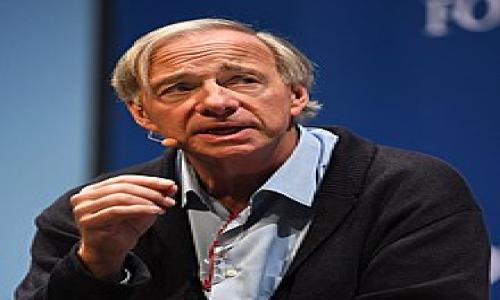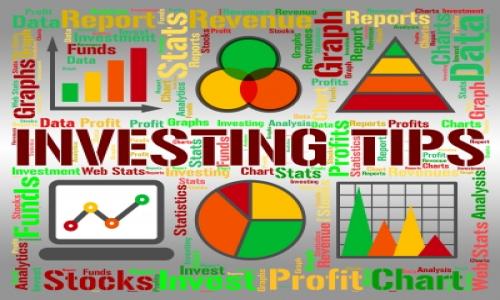The business press is buzzing about the default of the Las Vegas monorail project and its implications for the broader muni bond market. The consensus seems to be that a wave of defaults are coming. While some segments of the municipal market may be on shakier ground, other sectors are doing just fine.
BestCashCow's SteveAnderson wrote today about the Vegas monorail disaster, saying:
The monorail project's bankruptcy attorney confirmed that the July first interest payment would NOT be going out as planned. And bondholders would, in fact, likely lose their principal.
That's not just a fairy story, either--just ask DWS Investments, who bought six million bucks worth of those probably-now-worthless bonds for its Strategic High Yield Tax Free Fund (NOTAX).
What interesting about this is that NOTAX is doing just fine despite the grim news on Las Vegas. The Monorail bonds aren't amongst its biggest holdings and don't appear to have a material impact on the fund's price.
Which brings up the real story of municipal bonds. Like real estate it's about location, location. location. Municipal bonds come in many different sizes and flavors.
If you're going to invest in individual bonds, and want to minimize your risk make sure they are general obligation bonds of a state, city, or town. General obligation bonds are backed by the tax receipts of the municipality and are amongst the safest class of munis. Municipal bonds (revenue bonds) that are used for development projects (like the Vegas monorail), hospitals, and other non-profit projects are generally safe, but not as safe as general obligation bonds. That's because they depend on revenue from the project developed. If the revenue doesn't materialize, then the bondholder is in trouble. Munis used to finance the construction of new real estate developments (dirt bonds) are amongst the riskiest and represent a significant portion of all muni defaults.
As you can imagine, revenue bonds generally yield more than general obligation bonds.
If you do want to invest in riskier revenue bonds, dirt bonds, and tobacco bonds, then investing in an ETF is a good idea. An ETF diversifies your risk and provides liquidity. Some ETFs to consider are Van Eck's High Yield Municipal Index ETF (HYD). The ETF has a 30 day SEC yield of 6.34%. The tax-equivalent yield is significantly higher. At the 35% tax bracket, the tax equivalent yield is 9.31%. Note that this is not an AMT free fund.
Another interesting ETF is theSPDR Nuveen Barclays Capital Build America Bond ETF (BABS). This new ETF is comprised of Build America Bonds and provides corporate-like bond returns with the risk profile of municipal bonds. The average coupon on this is 6.40%. Generally, Build America Bonds are less risky and fit the profile of general obligation bonds.
The last ETF to profile is iShares 2012 S&P AMT-Free Municipal Series. These funds target specific end dates, much like an actual bond. As a result, they allow investors to build bond ladders and when they terminate, they return principle to investors. iShares offers muni bond ETFs with debt maturing in 2012 (MUAA), 2013 (MUAB), 2014 (MUAC), 2015 (MUAD), 2016 (MUAE), and 2017 (MUAF).
Like any investment, understanding what you are investing in and making sure it fits your risk profile is key to earning the proper return without losing sleep at night. As we've found out with housing and mortgage backed securities, there is no such thing as a sure thing. But even if defaults continue in the municipal space, proper planning can ensure you profit from the panic.



Add your Comment
or use your BestCashCow account